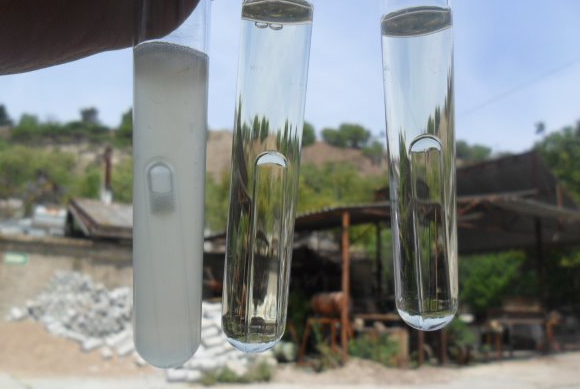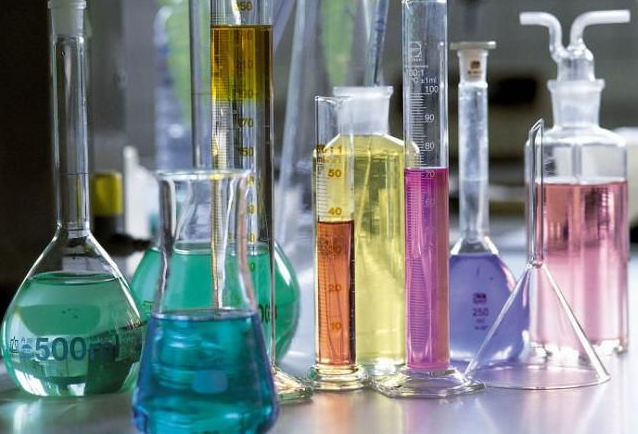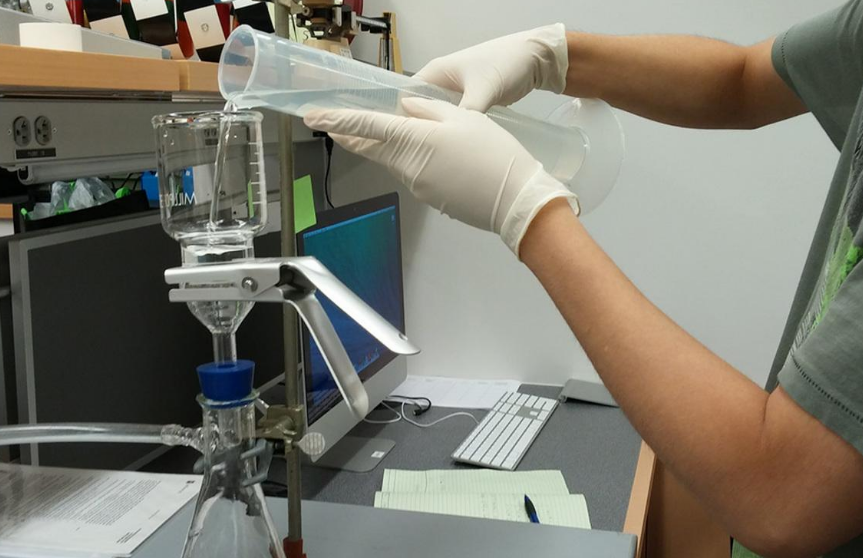Pretreatment and dilution methods of water samples when detecting BOD
发布时间:2020/12/30 15:54:42 来源:贯奥仪器仪表 作者:便携式多参数水质分析仪器 阅读次数:
When detecting the BOD of water quality, sample collection and pretreatment can directly affect the final measurement results. Therefore, when collecting samples, water quality inspectors must let the collected liquid be filled and sealed in the bottle. If the test cannot be performed immediately, the sample can be Store in 0-4℃ environment. The storage time range is generally about 6 hours, and the maximum cannot exceed 24 hours, and the pretreatment should be carried out as soon as possible according to the specific conditions of the water quality.

BOD water quality test sample pretreatment method
1. If the pH value of the water sample exceeds the range of 6.5 to 7.5, the pH value can be adjusted to close to 7 with a dilute solution of hydrochloric acid or sodium hydroxide, but the amount should not exceed 0.5% of the volume of the water sample. If the acidity or alkalinity of the water sample is too high, it can be neutralized with a high concentration of alkali or acid.
2. When the water sample contains toxic substances such as copper, lead, zinc, cadmium, chromium, arsenic, cyanide, etc., it can be diluted with the dilution water of the domesticated microbial inoculum, or increase the dilution factor to reduce the concentration of the poison.
3. For water samples containing a small amount of free chlorine, the free chlorine will disappear after being placed for 1 to 2 hours. For water samples whose free chlorine cannot dissipate in a short time, sodium sulfite solution can be added to remove it. The amount added is determined by the following method:
Take 100ml of the neutralized water sample, add 10ml of (1+1) acetic acid, and 1ml of 10% (m/V) potassium iodide solution and mix well. Using starch solution as indicator, titrate free iodine with sodium sulfite solution. From the volume consumed by the sodium sulfite solution, calculate the amount of sodium sulfite solution that should be added to the water sample
4. Water samples collected from waters with low water temperature or eutrophic lakes will encounter supersaturated dissolved oxygen. At this time, the water sample should be quickly heated to about 20°C, and the bottle should not be filled. Bottom, shake well, and unplug and deflate to drive out supersaturated dissolved oxygen. The water sample taken from the water area with higher water temperature or the waste water discharge outlet should be quickly cooled to about 20 ℃, and fully shaken to make it close to equilibrium with the oxygen partial pressure in the air.

Dilution operation method of BOD water quality test sample
General dilution method for water samples
According to the selected dilution ratio, use the siphon method to introduce part of the dilution water (or inoculation dilution water) along the cylinder wall into the 1000ml graduated cylinder, add the required amount of uniform water sample, and then introduce the dilution water (or inoculation dilution water) to 800ml, Stir up and down carefully with a glass rod with offset. Do not allow the offset of the stir bar to leak out of the water surface during stirring to prevent air bubbles.
According to the same operation steps of the undiluted water sample, bottling, measuring the dissolved oxygen on the day and the dissolved oxygen after 5 days of culture.
Take another two dissolved oxygen bottles and fill them with dilution water (or inoculation dilution water) by siphoning as a blank test. Measure the dissolved oxygen before and after 5 days.

Direct dilution of water samples
The direct dilution method used in BOD water quality testing is direct dilution in a dissolved oxygen bottle. In two known dissolved oxygen bottles with the same volume (the difference is less than 1ml), add part of the dilution water by siphoning, and then add the amount of water calculated according to the volume of the bottle and the dilution ratio, and then use the dilution water to make it just full and seal Do not leave air bubbles in the bottle, and the rest of the operation is the same as the above general dilution method.


